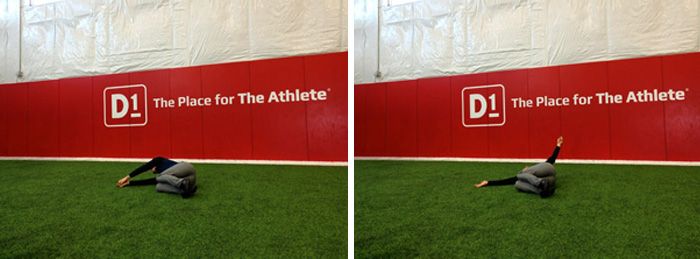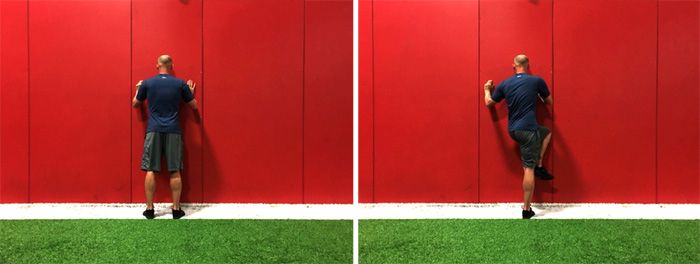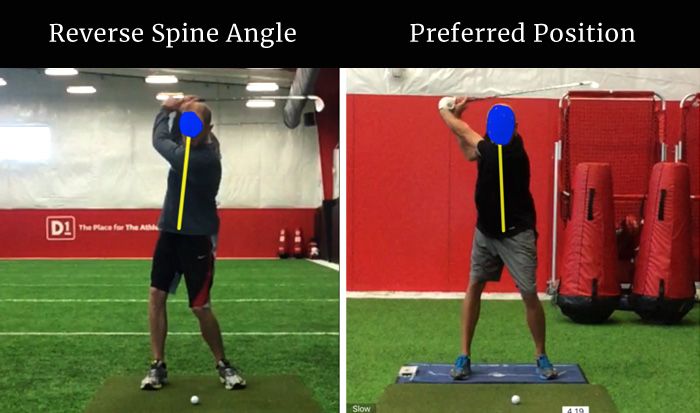Lower back pain is the most common golf-related injury. A majority of the clients I work with sought my help due to lower back pain when golfing. This may be something that occurs with each swing, some soreness following your round, or something that is limiting yours from playing as much as you like. What’s worse is that typically lower back pain gets worse without the correct plan to fix it. A typical golfer with back pain will likely take a week or two off to rest and let the pain subside. While this may be a good temporary solution, the cause for the back pain is still likely present, making it probable that you will experience this again. But why is your back in so much pain?
In a golf swing, there are many reasons for lower back pain. Believe it or not, the lower back is not typically the cause of your pain, just the source of the pain. Our low back can be thought of as “the good guy gone bad.” The lower back tends to be a location that gets overworked because other parts of your body are not doing their job. For example, our bodies are designed to rotate more through the thoracic spine (mid back) and the hips as far as the golf swing is concerned. Therefore, if the mid back or hips are not rotating well, then the lower back will try to rotate more. This is a movement our back is not designed to perform and over time will cause injuries. A very large majority of the golfers I work with, especially those with low back pain, have limitations in the ability to rotate in the mid back and the hips. If I see a golfer with low back pain, I typically will assess the hips and mid-back first and treat that before I ever touch the lower back itself. Here are a couple of exercises I might use to improve the mobility of the mid back and hips. If you suffer from lower back pain, start with these.
T-Spine Rotation Open Book

Lay on right side, hips and knees bent 90 degrees. Rotate your left shoulder toward the ground as you reach back with your left arm. Your arm should follow your body. Do not extend your arm past your body.
DO NOT LET YOUR KNEES COME APART OR OFF THE GROUND.
Heisman

Stand close to a wall, toes straight ahead. Raise one knee up and across your body so that your pelvis rotates around the stationary leg. Try to turn your belt buck without allowing your chest and shoulders to rotate. Do 8-10 reps each side.
Improving your physical qualities is certainly a necessary step to limiting low back pain. However, golfers also need to address swing characteristics that can cause lower back pain. While there are many ways to swing a golf club, there are specific characteristics I look for in those with back pain. The most common swing characteristic I see in golfers with back pain is a reverse spine angle. This is a posture at the top of your backswing where your spine is tilted away from the target versus toward the target. This position is a red flag for me as it relates to injuries. When present, it is not IF they hurt their back, it is WHEN they hurt their back. Below is an example of this:

If you are one that has low back pain and feel you may demonstrate a reverse spine angle swing characteristic, then I would suggest you find a golf instructor to teach you how to correct this. As a golf medical professional, As I see and treat golfers with lower back pain on a regular basis, I can perform a swing analysis to determine your specific swing faults that may lead to your back pain as well as target particular limitations in your body’s movement to protect the lower back. That will allow me to create a very specific plan of attack to help you with your goals. This plan typically includes movement correction exercises, manual therapy work, and education.
Adam Halseth is a Titleist Performance Institute Medical Level 3 certified physical therapist in Sioux Falls, SD. He has worked extensively with golfers of all ages and abilities and is the most experienced golf medical provider in the area. He collaborates with local golf professionals and some of the top golf medical professionals in the nation including those on the LPGA and PGA tours. He performs comprehensive assessments designed to find physical limitations in strength and mobility and correlates this with a detailed swing analysis to determine the optimal program for the golfer to maximize benefits.
Email Adam at ahalseth@ortho-i.com for more information on the Orthopedic Institute Golf Medicine Program. Schedule an appointment by calling (605) 977-6845.
Follow him on Twitter and Instagram @adamhalseth.
Orthopedic Institute has physical therapists that specialize in various areas to meet your orthopedic and sports medicine needs. This includes sports medicine conditions, general orthopedic, blood flow restriction, spine conditions and aquatic therapy.
You can visit the OI Golf Medicine Program page for more information. (CLICK HERE).
Comment below for your chance at winning a free assessment from Adam! Drawing happens on August 24, 2018.

